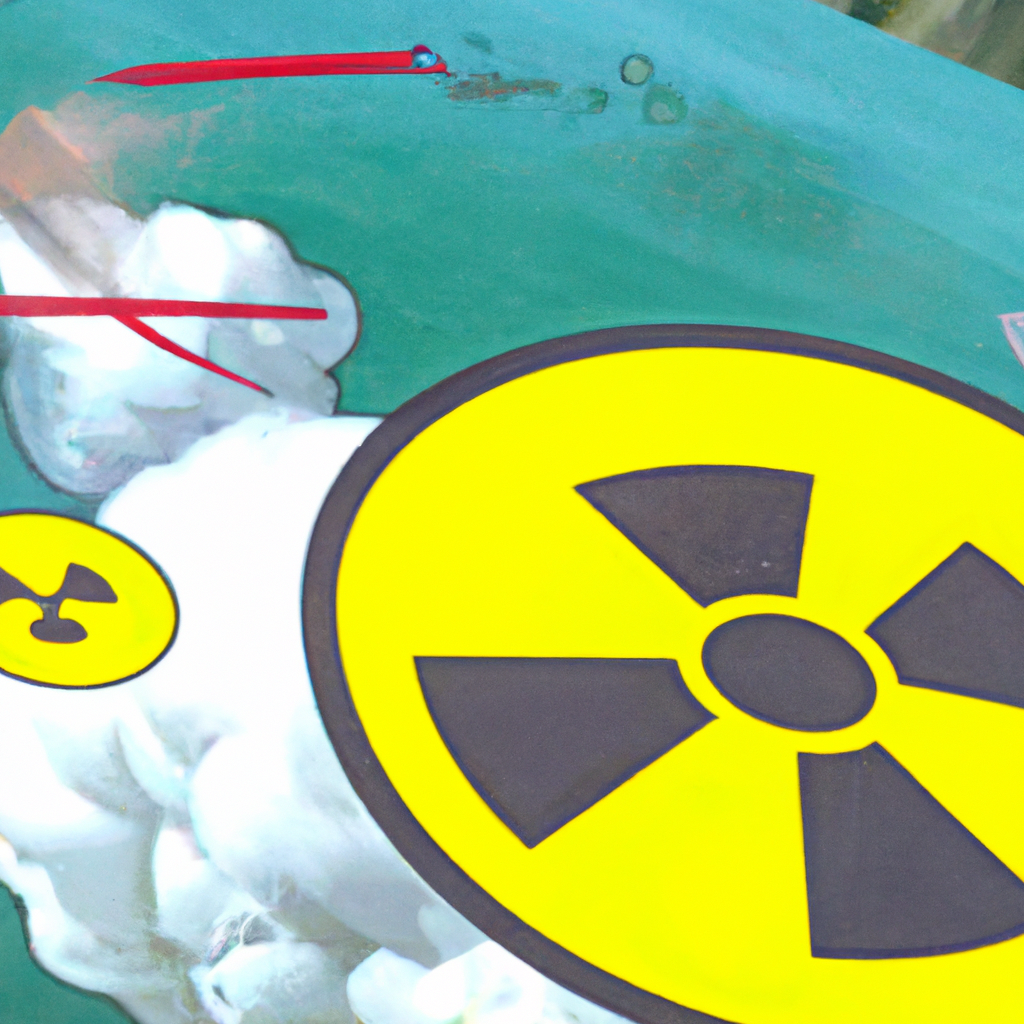Nuclear bombs are one of the most destructive weapons ever invented by mankind. They work by harnessing the power of nuclear fission, a process where the nucleus of an atom is split into two smaller nuclei, releasing a tremendous amount of energy. In this article, we will explore in detail how a nuclear bomb works.
What is a nuclear bomb?

A nuclear bomb, also known as an atomic bomb or a nuclear weapon, is a device that uses nuclear reactions to produce an explosion. The energy released by a nuclear bomb is many times greater than that of a conventional explosive device, such as TNT. Nuclear bombs have been used only twice in warfare, by the United States against Japan during World War II.
How does a nuclear bomb work?
A nuclear bomb works by triggering a nuclear fission chain reaction. In nuclear fission, the nucleus of an atom is split into two smaller nuclei, along with the release of a large amount of energy in the form of gamma rays and kinetic energy of the fission products. This energy is what causes the explosion.
The components of a nuclear bomb
A nuclear bomb typically consists of three main components: the fissile material, the initiator, and the casing.
- The fissile material: This is the material that undergoes nuclear fission when triggered by the initiator. The most commonly used fissile materials are uranium-235 and plutonium-239.
- The initiator: This is a source of neutrons that are used to trigger the nuclear fission chain reaction. The most commonly used initiator is a small amount of plutonium-239 or uranium-235.
- The casing: This is the outer shell of the bomb, which is designed to contain the explosion and direct it in a specific direction.
How a nuclear bomb is detonated
A nuclear bomb is detonated by compressing the fissile material using conventional explosives, such as TNT. This compression causes the atoms in the fissile material to become unstable and split apart, releasing a large amount of energy in the form of gamma rays and kinetic energy of the fission products. This energy is what causes the explosion.
The chain reaction
When the fissile material is compressed, the neutrons from the initiator are absorbed by the uranium or plutonium atoms, causing them to split apart and release more neutrons. These neutrons, in turn, trigger more fission reactions, creating a chain reaction that releases an enormous amount of energy in a very short amount of time.
The effects of a nuclear explosion
The effects of a nuclear explosion are devastating. The explosion itself can destroy everything within a radius of several miles, while the radiation released by the bomb can cause cancer and other health problems for years to come. The immediate effects of a nuclear explosion include a blinding flash of light, a shock wave, and intense heat. The long-term effects include radiation sickness, cancer, and genetic mutations.
Conclusion
In conclusion, a nuclear bomb works by triggering a chain reaction of nuclear fission, which releases a tremendous amount of energy in the form of gamma rays and kinetic energy of the fission products. The effects of a nuclear explosion are devastating and long-lasting, making nuclear weapons one of the most destructive and dangerous inventions ever created by mankind. It is important that we continue to work towards disarmament and non-proliferation of nuclear weapons to ensure that they are never used again.






